#KUFieldWorks: Uncovering postwar theatre history in Vienna and Berlin
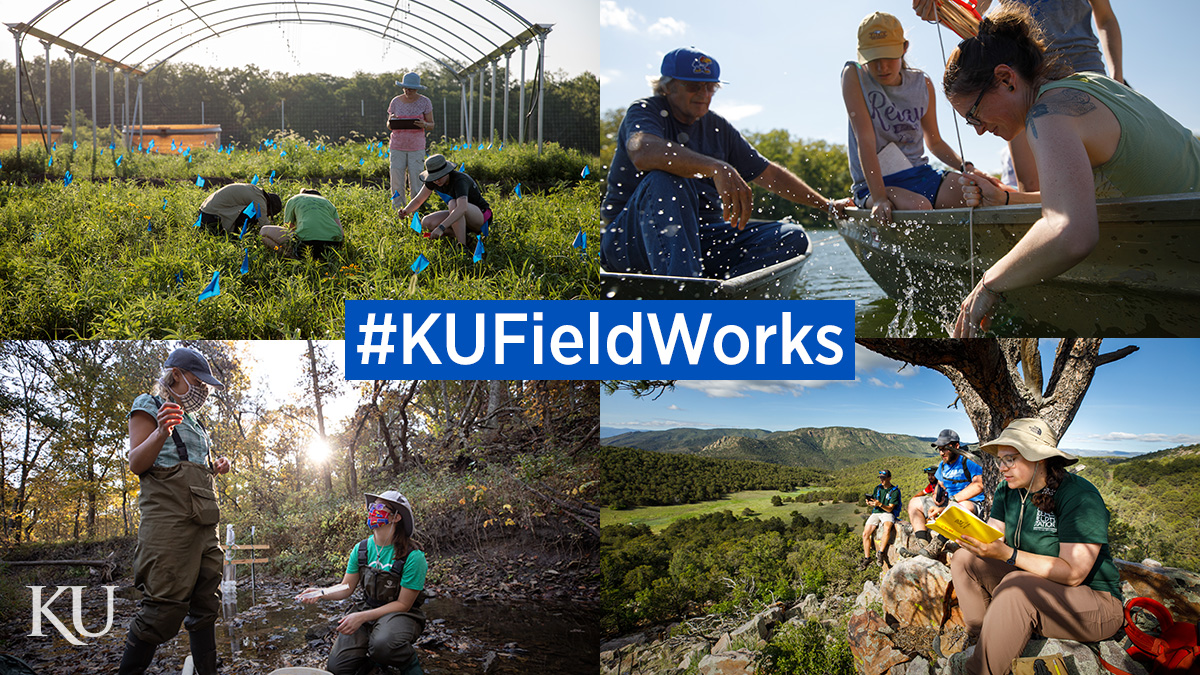
Editor’s note: Fieldwork provides invaluable insights about real-world environments and processes, expanding and reinforcing what researchers learn in classrooms, labs and collections. KU faculty, staff and students across a spectrum of disciplines take their inquiry directly to rivers, prairies, dig sites, glaciers, islands, archives and more. Through the #KUFieldWorks series, we'll join them on their adventures.
Q&A with Rebecca Rovit, associate professor of theatre
Following the end of the second world war, several countries experienced occupations that influenced everyday life. Berlin and Vienna share similarities and differences in how these occupations influenced cultural narratives in art, including postwar theatre performance.
Rebecca Rovit spent a semester in the two cities to understand how people of the past “write” their history in performance art and how contemporary audiences “read” those historical narratives. She visited archives, museums and theatres to discover the people who crafted these narratives between 1945-1955. Her discoveries will appear in her forthcoming book, “Theatre from the Rubble of War: Cultural Crossings in Berlin and Vienna, 1945-1955.”
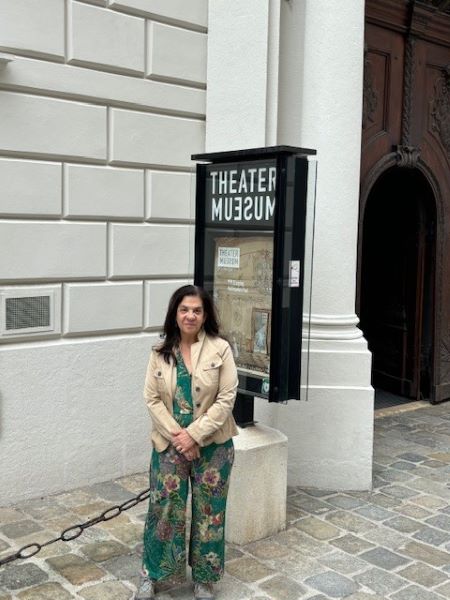
Why does your study matter to your field or for society?
My monograph matters because it compares and aligns performance history with cultural and political history in the study of postwar Berlin and Vienna under multinational occupation. The way that a society “writes” its history — and processes it through cultural and collective memory — shapes how we “read” that history in our present. I show how the interplay of multiple factors led to the restoration of cultural life after the war. Important, too, is my analysis of theatre-making and the dynamics of power, which draws attention to how cultural officers for Soviet and Anglo-American occupation forces worked with theatre-makers in Berlin and Vienna to create repertoire.
Further, the study highlights aspects of a nascent transnationalism that marks our globalized 21st-century world. These include the movement of people across national and artistic borders as they formed cultural networks, the transmission of narratives about each country’s relationship to WWII, and the medial spread of theatre repertoire that belongs to memory culture. The cross-influence of emergent policies related to theatre-going and enduring national wartime narratives shaped a new repertory inspired by artistic traditions from earlier generations, yet forward-looking with resonance for our present.
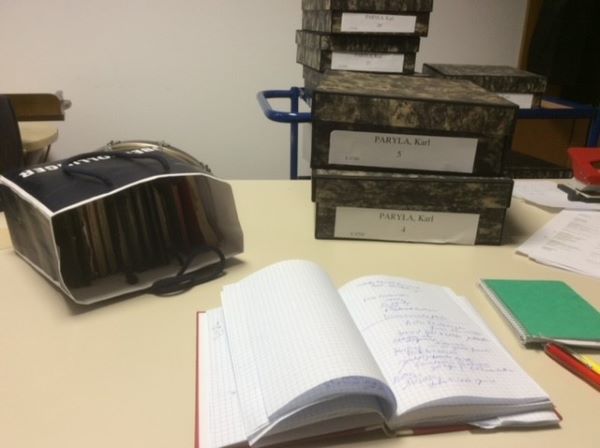
What methods, approaches, experiments, etc. are you using?
My research combines historical archival research on the Cold War era with cultural discourse in memory studies. I chart a network of theatre-makers in Berlin and Vienna whose artistic collaboration in the Weimar Republic and First Republic, respectively, extended into the WWII years in-country and in exile, and after 1945 in the two cities. The featured artists restore cultural life together with military officers from city occupation sectors. I am using primary archival materials related to the performing arts from repositories in Berlin and Vienna (i.e., mainly from the Stiftung der Akademie der Künste Berlin; in Vienna, the Theatermuseum and Wienbibliothek). The materials consist of artist bequests, director’s production scripts, personal and official correspondence pertaining to theatre programming, and cultural policy by officials from national occupation sectors. My incorporation of concepts from memory studies reveals the persistence in the immediate postwar era of historiographical narratives connected to WWII; such accounts affected the formation of theatre repertory in the occupied cities. In addition to conducting traditional archival research, I have walked through Berlin and Vienna to find spatial traces of wartime and postwar environments and former occupation sectoral districts where major theatres were located. Several theatres were rebuilt after 1945, many of which remain in their former locales today.
What do you enjoy most about being in the field?
I am an “archive nut.” I welcome the ritual of sitting for hours to sort through stacks of folders and documents so that I may inhabit another world — that of my study’s theatre “players,” and traces of their lives. I anticipate with pleasure donning white gloves at a Berlin archive to handle photographs of one-time theatre performances or turn fragile pages of an annotated director’s production playscript for action. I enjoy piecing together fragments of a past to better understand and interpret moments lived and productions once performed on theatre stages. It excites me to use combined research methods in the field. In my work, this means intermixing traditional archive work with the performative walking of a city and integrating material from interviews with the next-of-kin of theatre artists.
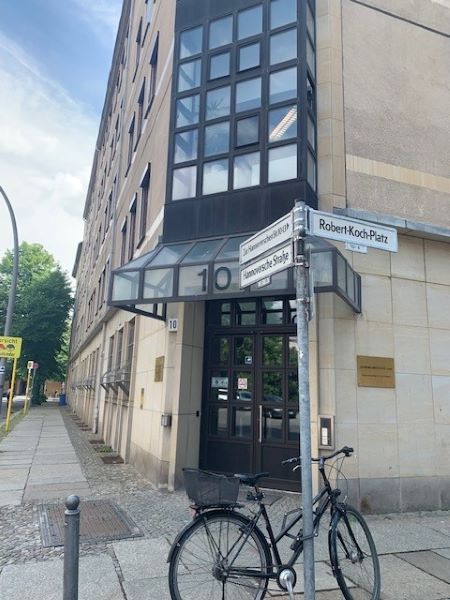
What are some memorable (funny, scary, surprising, etc.) moments from the field?
A funny moment comes to mind from my archival sleuthing of the Austrian actor Karl Paryla. After WWII, Paryla returned to Vienna from Swiss exile to lead a theatre in the city’s Soviet sector. Among boxes of the artist’s personal and professional papers, I came across a family recipe for baking a Sacher torte, which I will try out! I also found an undated telephone book with addresses and phone numbers of such well-known theatre artists as Bertolt Brecht. As a result of looking at the group of contacts, I narrowed down the plausible date range for the phonebook.
Surprising moments include the revelation that theatre artists in Berlin and Vienna after 1945 maintained long-term links to one another and to theatre-makers in former exile. It was a rewarding surprise to learn how several artists who fled Vienna during wartime returned to the city as cultural officers with British or American occupation forces. For example, the U.S. military appointed Ernst Lothar Müller, the former director of the Theatre in der Josefstadt and co-founder of the Salzburg Festspiele, as their chief cultural officer for theatre & music in Austria.
I also experienced scary moments in the field. These related to ethnographic encounters with place and the historical backdrop of WWII and Nazism. This occurred when I co-led a day-long excursion to the former concentration camp Mauthausen in Austria (2019). In Berlin, a disconcerting visit to the city’s site-specific, open-air exhibition, the “Topography of Terror,” helped me to better understand spatially how administrative and cultural power emanated from that central hub to Austrian lands in 1938, including Vienna and Mauthausen during WWII.
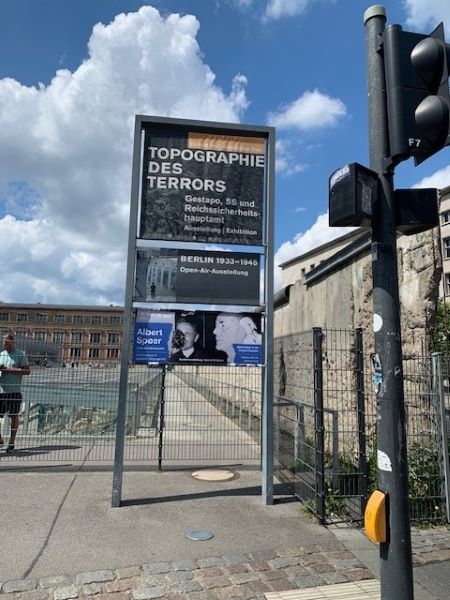
When is fieldwork frustrating, challenging or overwhelming?
Fieldwork is frustrating when I follow a lead and use multiple sources to piece together part of a narrative only to realize yet again that archival historical work is, at best, fragmentary. Even when I cross-check my findings across the data to highlight a cultural program or the life of a theatre artist, I discover that I am missing something. It then becomes a challenge to obsessively look for another piece of the puzzle, so to speak.
It is initially overwhelming to arrive at an archival repository where stacks of folders await me, filled with typewritten letters or handwritten documents to examine. Often there is no apparent order for grouping these materials, so I must organize and assess the sequence of events I study. Moreover, not all archival centers have fully catalogued their collections. In Vienna’s Theatermuseum, for example, the categorization of items in artist bequests is incomplete. Thus, among Paryla’s collected papers, I found together in one box multiple folders with unrelated personal objects and official theatre documents. That is how I chanced upon the recipe for Sacher torte.
How does fieldwork complement the work you do elsewhere?
My fieldwork complements my teaching of topics in theatre history and cultural memory at the undergraduate and doctoral levels at KU. I integrate into my classroom methodological exercises with primary source material using hands-on sessions at KU’s Spencer Research Library with objects and archival documents from their special collections division. My fieldwork abroad in Berlin and Vienna has led to lectures I delivered in the U.S., Israel, Germany and Austria on topics associated with my research.
First photo: University of Kansas researchers conduct fieldwork in prairies, rivers, streams and mountains. The #KUFieldWorks series follows researchers on their fieldwork adventures.
Second photo: Rebecca Rovit in front of a theatre museum.
Third photo: Rovit’s notebook in the Paryla theatre museum archives.
Fourth photo: A theatre archive in Berlin.
Fifth photo: An open-air exhibit at the Topography of Terror museum in Berlin.